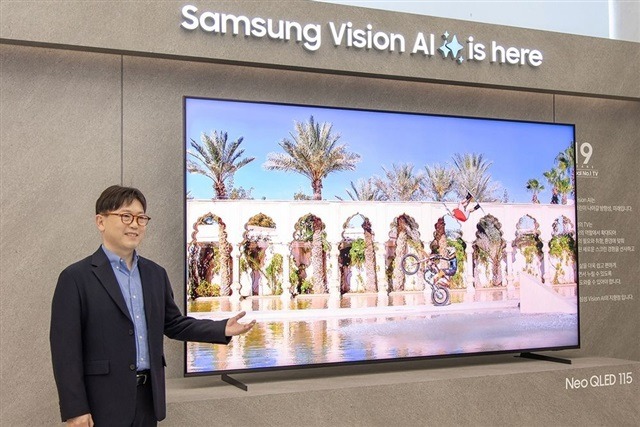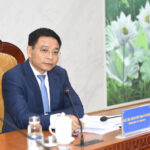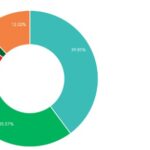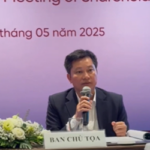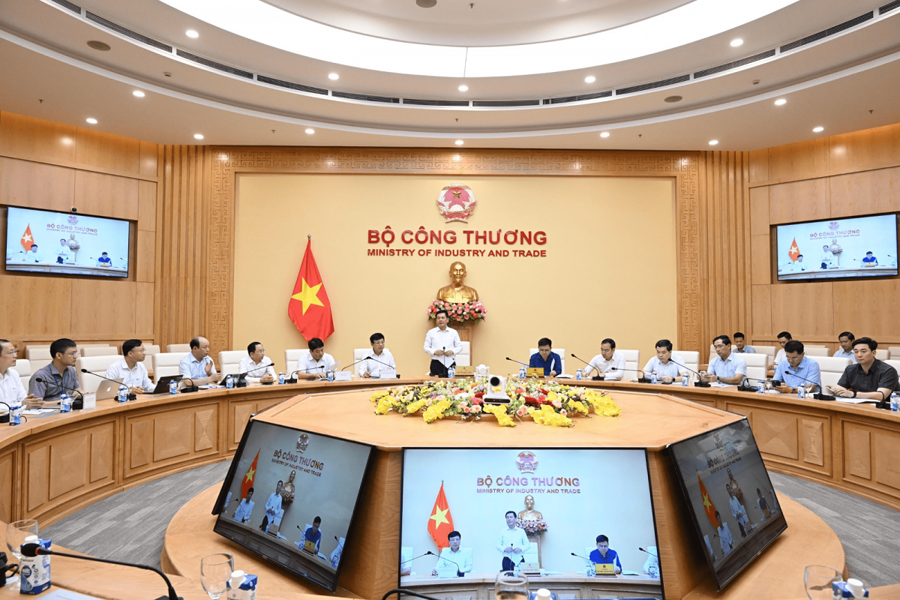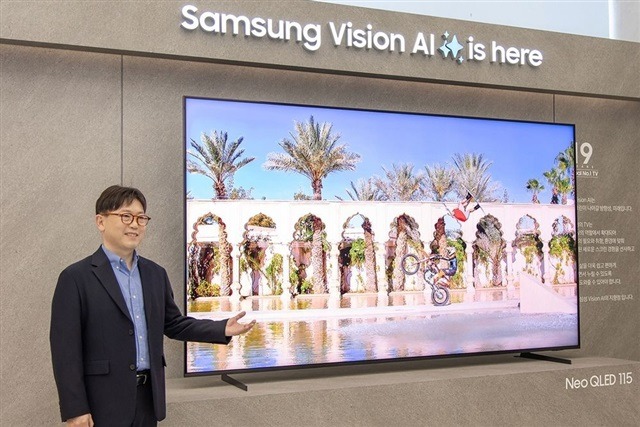
Samsung, the global leader in TV technology for years, is facing intensifying competition. As Chinese rivals undercut their prices, the South Korean tech giant must sacrifice profits to maintain its market position, even as the industry’s growth slows.
Just a few years ago, Samsung reigned supreme in the TV market, especially in the mid-range and premium segments. However, the first quarter of 2025 tells a different story, with their global market share dropping to 28.3%—the lowest since 2017.
Samsung’s Predicament
The real threat to Samsung, however, comes from China. Brands like TCL and Hisense are aggressively launching Mini LED and QLED TV models priced 20-30% lower than Samsung’s equivalent products. And they’re not just targeting the domestic market—they’re making inroads into Europe and the US, traditionally Samsung’s strongholds.
Adding to Samsung’s woes is LG’s strong presence in the OLED segment. In 2024, LG captured 55% of the global OLED TV market share, solidifying its position in the premium segment that Samsung aims to expand into.
It’s not just competition that Samsung has to contend with. The global TV market is also losing its luster. In 2025, the industry’s growth is projected at a mere 2%, impacted by inflation, high-interest rates, and waning demand in developed markets.
On top of that, production costs are soaring. LCD panel and image processing chip prices have risen by 10-15%, forcing Samsung to tighten its belt. Their TV division has even implemented an “emergency” cost-cutting regime, slashing travel and peripheral expenses.
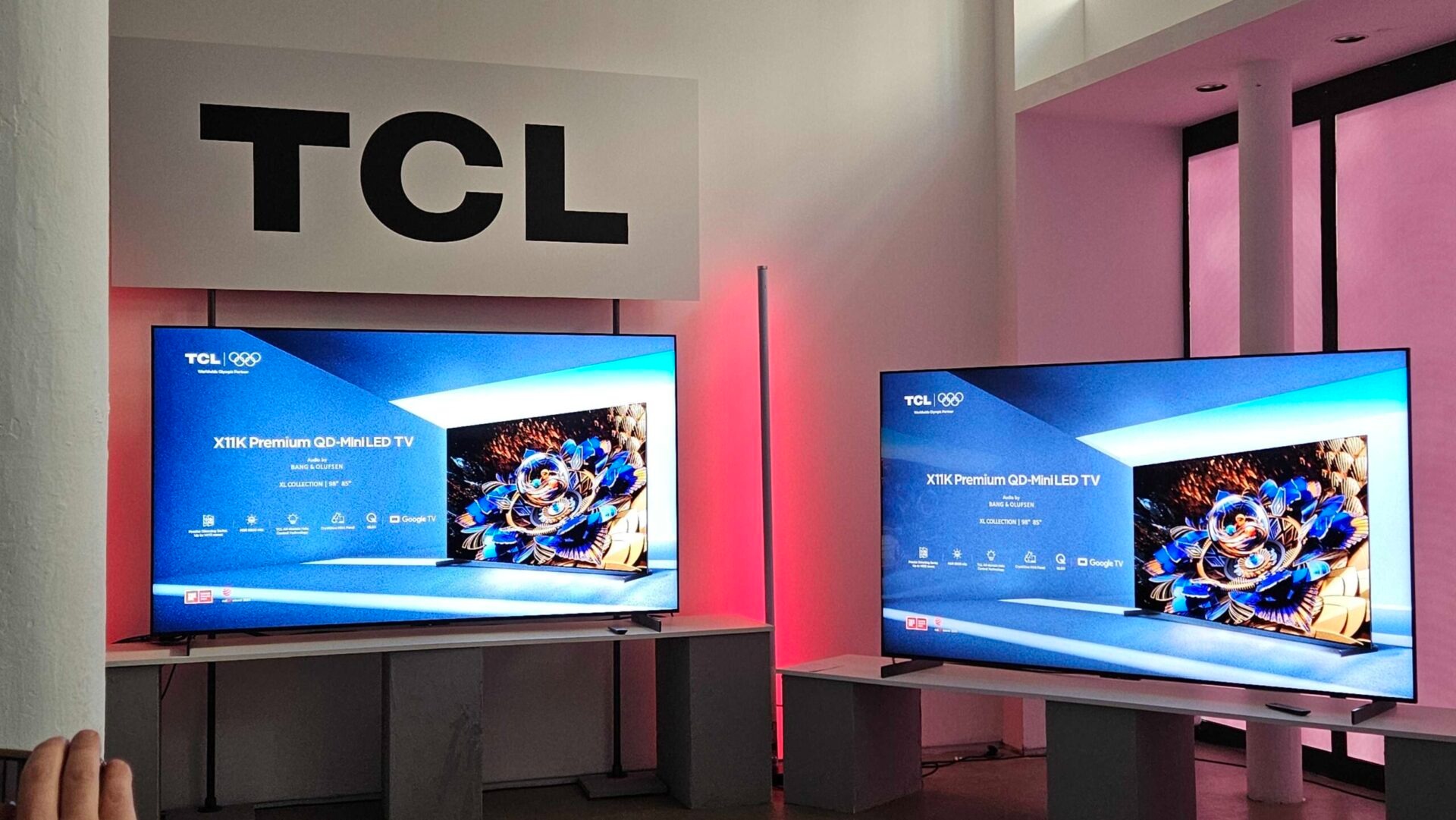
Chinese TV manufacturers like TCL and Hisense are emerging as formidable challengers to traditional powerhouses like Samsung.
A Risky Gamble
In response to these challenges, Samsung has swiftly expanded its product portfolio in the mid-range and budget segments, a strategy it had previously neglected.
While this move helped Samsung regain some market share, reaching 30% in the first quarter, it came at a significant cost to profits. Their average selling price (ASP) for TVs dropped by 6% year-on-year, and profits from the display and digital appliances division plunged to 300 billion won, far below the previous year’s 500 billion won.
While temporarily defending its position by recapturing the mass market, Samsung’s long-term focus remains on premium customers. This year, the company aims to maintain TV production at 40 million units, the same as in 2024, but with an increased proportion of high-end models.
The Neo QLED range is their trump card. In 2024, these models accounted for 40% of global premium TV sales. Samsung forecasts an 8% growth in the segment of TVs priced above $1,000 this year, driven by demand from hotels, luxury apartments, and shopping malls.
If successful, Samsung can not only maintain profit margins but also erect a technical barrier against price-focused rivals.
AI and Emerging Markets: Opportunities for Growth
Amid these challenges, Samsung identifies two rays of hope: AI-integrated TVs and supersized screens. Their flagship Neo QLED 8K model surpassed one million sales in the first half of 2025, indicating significant potential.
Additionally, emerging markets like India and the Middle East are developing a taste for premium TVs. By capitalizing on this trend, Samsung can offset declines in traditional markets. The company is also partnering with content platforms like Netflix and Disney+ to develop 8K content, creating a unique competitive advantage.
Samsung finds itself at a critical juncture, where every decision matters. Balancing market share with profitability, targeting premium customers while catering to the mass market, and betting on AI and emerging markets—these are the challenges Samsung must navigate. But if they succeed, it could be their most significant transformation yet.
Trump Threatens to Make Apple and Samsung ‘Uneasy’
According to the Korea Herald, President Donald Trump’s threat of a 25% tariff on Apple and Samsung Electronics has sent shockwaves through the two leading smartphone manufacturers and their partner companies. This decision could potentially disrupt supply chains and drive up phone prices in the crucial US market.
Samsung Reiterates Tax Refund Proposal to the Ministry of Finance for Samsung HCMC CE Complex in Ho Chi Minh City
Samsung Group is the largest foreign investor in Vietnam, employing approximately 100,000 Vietnamese citizens. The company’s significant presence in the country has had a profound impact on the local economy, creating a ripple effect of opportunities and contributing to the nation’s thriving business landscape. With its cutting-edge technology and innovative spirit, Samsung has not only boosted Vietnam’s economic growth but also played a pivotal role in elevating the country’s reputation as a desirable investment destination.
“J&T Express: Samsung Vietnam’s Trusted Technology Delivery Partner.”
J&T Express is proud to announce its partnership with Samsung Electronics Vietnam as their official logistics partner for tech product deliveries. This collaboration marks a significant step forward in enhancing the delivery experience for high-value electronic goods and reinforces customer confidence in online shopping.


























